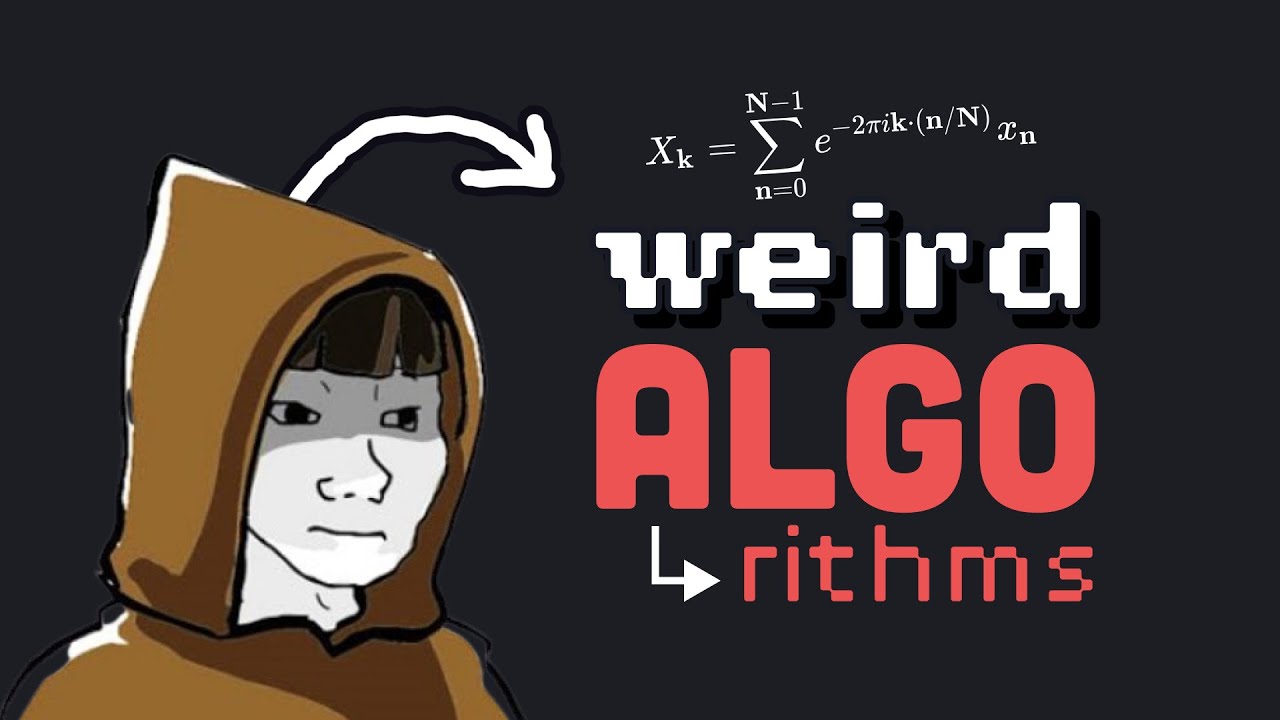10 Weird Algorithms: Unveiling the Magic Behind Computer Science
Have you ever woken up in the middle of the night in a panic wondering how to extract a polygonal mesh of an ISO surface from a three-dimensional discrete scalar field? Probably not, but programmers at General Electric in ’87 did, and they created and patented the marching cubes algorithm, which has likely saved countless lives by allowing doctors to visualize data from CT and MRI scans. Algorithms are the heart of modern technology, and while most are practical, some are just downright weird. In this article, we will explore 10 of the most interesting algorithms that have been engineered to solve real-world problems. Let’s delve into the fascinating world of algorithmic magic!
Wave Function Collapse: When Particles Behave Like Magic
Wave function collapse is one of the weirdest concepts in science – it’s like particles behaving like waves until they are observed. While the philosophical implications are intriguing, the general idea behind wave function collapse can also be implemented programmatically. This algorithm is used to procedurally generate video game maps, selecting random yet cohesive map tiles based on a set of rules.
Diffusion: From Thermodynamics to Machine Learning
Diffusion, a machine learning algorithm originally developed at Open AI, is based on the concept of particles spreading from areas of higher concentration to lower concentration. This algorithm starts by generating random noise and gradually refines it to create a structured image. The algorithm has now expanded to work on audio and the next frontier is diffusion for video generation.

Annealing: The Optimization Algorithm Inspired by Metallurgy
Annealing, inspired by metallurgical processes, is used in optimization algorithms to find the best answer among a range of possibilities. With a trade-off between exploration and exploitation, this algorithm mirrors the process of beginner programmers who initially explore different technologies and then focus on specializing in a specific area.
Sleep Sort: Delegating Sorting to the CPU Scheduler
While most sorting algorithms use complex strategies to organize arrays, sleep sort utilizes an unconventional approach by delegating the sorting process to the CPU scheduler. This seemingly dumb yet genius algorithm loops over the array and opens a new thread for each element, allowing the CPU to handle the sorting process.
Bogo Sort and Quantum Mechanics: Sorting Across Parallel Universes
Bogo sort, an algorithm that sorts an array by random guessing, becomes even more intriguing when combined with quantum mechanics. In a hypothetical scenario, if quantum observations could allow us to peek into parallel universes where the array is sorted, we could potentially leverage this to make our lives easier – although the ethical implications are another matter entirely.
RSA: The Powerful Public Key Crypto System
RSA, a public key cryptosystem essential for digital security, is based on the complex mathematical process of multiplying large numbers to find original large prime numbers. The encryption process relies on concepts like cubits, superposition, and entanglement to perform massively parallel calculations, making it extremely secure (for now).
Marching Cubes: Rendering MRI Data in 3D
The marching cubes algorithm takes data from a 3D scalar field, such as MRI scans, and generates a 3D mesh that can be used in 3D software. This groundbreaking algorithm was significant in enabling the rendering of 3D data from MRI machines, opening new possibilities in medical imaging.

Byzantine Generals Problem: Safeguarding Distributed Systems
Algorithms like PBFT are designed to keep distributed networks working properly even if up to one-third of its nodes go haywire. This is vital for systems like blockchain technology and distributed cloud databases, ensuring that the entire state of the system remains consistent and secure.
Boyd’s Artificial Life Program: Simulating Flocking Behavior
Boyd’s artificial life program simulates the flocking behavior of birds, showcasing the emergent complexity that arises from simple rules. With just three rules for the birds to follow, intricate patterns emerge naturally, reflecting the beauty of simplicity and complexity in nature.
Boyer-Moore String Search: Getting More Efficient with More Text
The Boyer-Moore string search algorithm becomes faster and more efficient as the text it’s searching becomes bigger, which seems counterintuitive at first. By scanning text from right to left and using pre-calculated tables to optimize the search process, the algorithm speeds up as the text size increases, leading to faster and more efficient searches.
Algorithms are the magic wands of the digital world, shaping technology and solving real-world problems with their unique and sometimes bizarre properties. Beyond their practical applications, these algorithms provide a glimpse into the beautiful synergy between mathematics, science, and technology. As the world of computer science continues to evolve, algorithms will undoubtedly continue to surprise and inspire, leading us to new frontiers of innovation and discovery.


















![How about: "Polaris HomeWorld [Vanilla]"?
It’s 25 characters long and keeps the essence while sounding cleaner.](https://game-drip.com/wp-content/uploads/2024/04/gamedrip-news-trending-3934.jpg)


